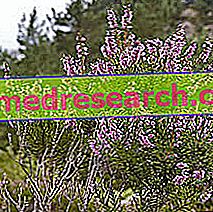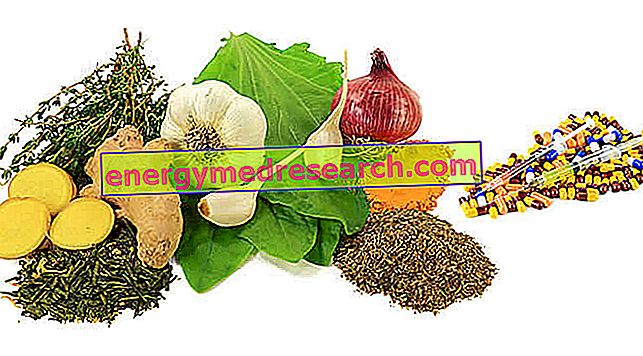See also; alkaloid drugs
The alkaloids are a group of very variable compounds, they do not have a molecular reference structure, they derive from amino acids or from mevalonic acid through different biosynthetic pathways. They are widespread in plants and their biological significance is unclear, although the fact that they are physiologically active on animals, even at very low concentrations, can be explained as a defense mechanism against herbivores for which secondary metabolites are used.

In the vegetable kingdom their distribution is rather wide indeed in 34 orders out of 60 (about 40% of families and 9% of genders) species that produce alkaloids have been found.
The most important families are:
Amarillidaceae, Compositae, Lauraceae, Leguminosae, Liliaceae, Papaveraceae, Rutaceae and Solanaceae.
The alkaloids are generally insoluble in water, but soluble in alcohol, ether or other organic solvents; at room temperature they are colorless solids, with few exceptions, and the taste is strongly bitter. The distribution in tissues is heterogeneous, but increases with the age and size of the plant, and it is logical to concentrate in the superficial parts, epidermis, cortex, and scar tissues, which are more exposed to attacks by herbivores.
Even in the heterogeneity of the compositions and metabolic pathways of formation, it is possible to attempt a classification of the alkaloids, also because some are significant to confirm the affinity within systematic groups. Eg the secolanic type indole alkaloids are exclusive to families such as the Rubiaceae and the Apocynaceae belonging to an order, the Gentianales, within the clause Euasteridae I.
Protoalcaloids . With a simple structure, they do not contain nitrogen in a heterocyclic ring: mescaline (hallucinogen contained in several Mexican Cactaceae, called peyotl), ephedrine (in gymnosperms of the genus Ephedra ), colchicine (in Colchicum ).
Isoquinol alkaloids . Contain isoquinoline: papaverine (from Papaver somniferum ), hydrastine (from Hydrastis canadensis ) etc.
Benzochinolic alkaloids . They contain benzoquinoline; many are extracted from Papaver somniferum, the opium poppy: morphine, codeine, etc.
Indole alkaloids . They contain the indole group and include some toxicants known as strychnine (from Strychnos, Loganiaceae ), precursor of the South American curare, and medicines such as reserpine (from Rauwolfia, Apocynaceae ). Also of this group are ergotine and ergotamine of the ascomycete fungus Claviceps purpurea, which parasitizes rye and other grasses.
Alkaloids of the tropane . They contain piperidine and pyrrolidine groups and are present in many families such as Solanaceae, Convolvulaceae and the like: atropine, hyoscyamine, scopolamine. Also in this group are the alkaloids of the genus Erythroxylon, of which the best known is cocaine.
piperidine alkaloids . They contain the piperidine ring: coniina (from the major hemlock, Conium maculatum, Apiaceae ).
Pyridine alkaloids . They contain the pyridine ring: ricinine (from the castor oil plant, Ricinus, Euphorbiaceae ) and trigonellina (from Trigonella, Fabaceae ).
Polycyclic alkaloids with pyridine, piperidine and pyrrolidine: nicotine (from tobacco, Nicotiana, Solanaceae ).
Purine alkaloids . They contain purine derivatives: caffeine (from coffee, Coffea arabica, Rubiaceae ), theophylline (from tea, Camellia sinensis, Theaceae ), theobromine (from cocoa, Theobroma, Sterculiaceae ).



